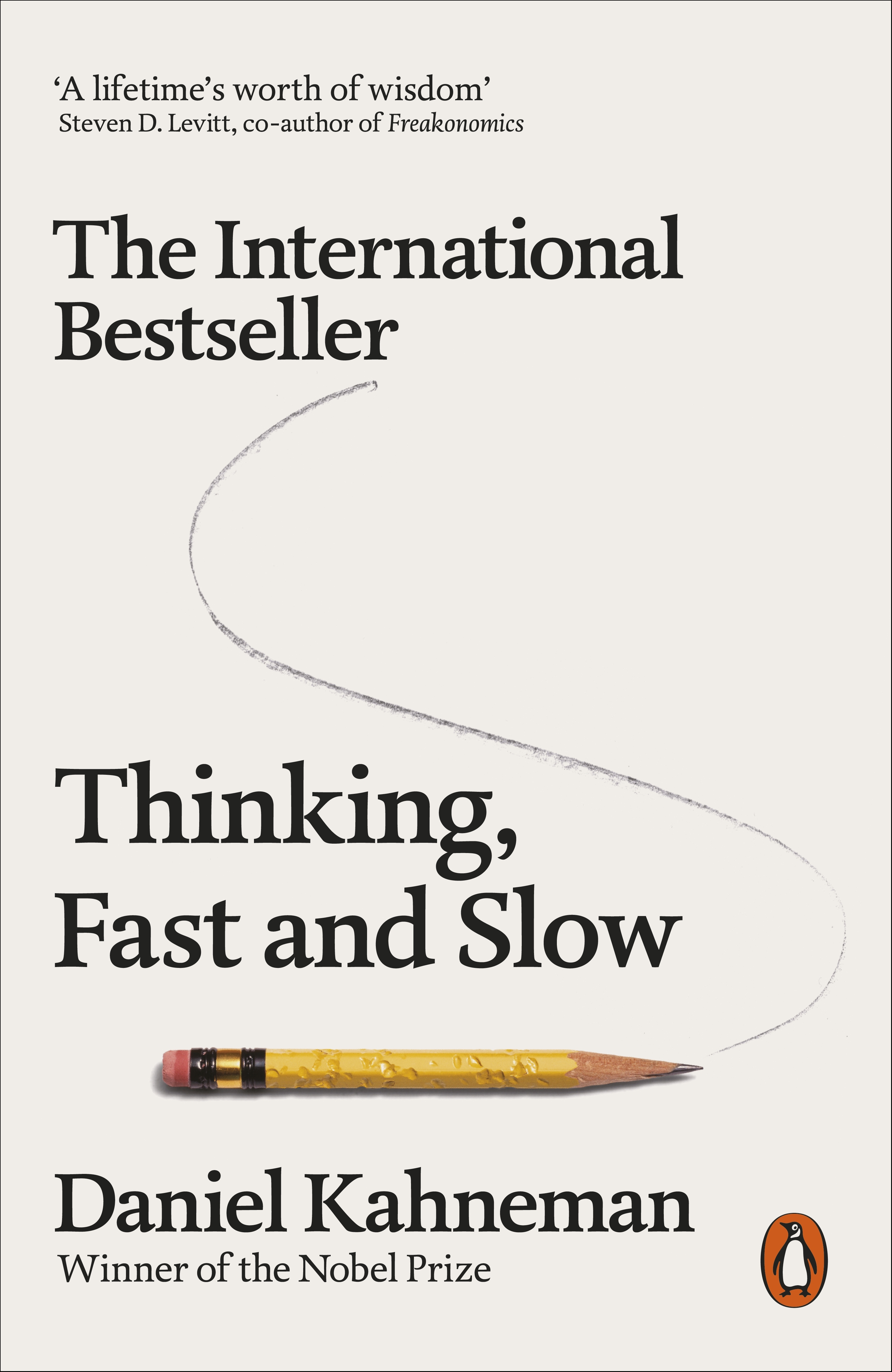
Amidst the daily hustle and bustle of our lives, we make countless choices, from seemingly insignificant to life-altering ones, that shape our experiences and determine our paths. Have you ever wondered what drives these decisions? Why do we sometimes make choices that we later regret? In his groundbreaking 2011 book, “Thinking, Fast and Slow,” Nobel Prize-winning psychologist Daniel Kahneman sheds light on the intricate workings of the human mind, revealing that our decisions are often influenced by two distinct systems of thinking: System 1 and System 2.
System 1, our fast and intuitive mode of thinking, operates effortlessly, generating quick judgments and instant reactions. It’s what we use when swerving to avoid an obstacle or deciding what to eat for breakfast. System 1 is adept at pattern recognition and quick responses, making it an efficient tool for navigating everyday situations.
In contrast, System 2 is our slow, deliberate way of thinking, employed for complex tasks that demand focused attention and mental exertion. It’s what we use when solving intricate puzzles or making major life decisions. System 2 engages in rational analysis and complex computations, enabling us to make well-considered choices.
The Power and Limitations of Dual Thinking
While both System 1 and System 2 play valuable roles in our decision-making processes, they also have their own limitations.
System 1, despite its efficiency, is prone to biases and heuristics, mental shortcuts that can lead to errors in judgment. For instance, our tendency to anchor our decisions on initial information, known as the anchoring effect, can lead to suboptimal choices.
System 2, though capable of rational analysis, is vulnerable to mental fatigue and distractions. When our attention is divided or our minds are weary, System 2 can falter, leading to impulsive decisions driven by System 1’s biases.
Make Better Decisions: Be Aware of Cognitive Biases
Our cognitive biases and expectations about the way the world works influence our thinking and decision-making. We all have cognitive biases, otherwise, we wouldn’t be able to function in our daily lives. The trick is to identify which are useful, and which are not. By being aware of those biases our brains are influenced by we are able to take the first step in mitigating their impact. Here are some common ones to be aware of.
- Prospect Theory: People are more averse to losses than they are motivated by equivalent gains. Recognizing this bias can reshape how you approach risks and rewards.
- Endowment Effect: We tend to ascribe higher value to things simply because we own them. Be mindful of this bias when evaluating possessions or investments.
- Overconfidence: Assess your level of confidence in your decisions. Overconfidence can lead to poor judgments. Embrace a humble approach to decision-making.
- The Sunk Cost Fallacy: We are more likely to stick with a decision if we’ve already invested (time, money, effort) in it previously, even if it’s not likely to provide us with positive returns.
Overcoming Cognitive Biases: The Path to Informed Decisions
Kahneman’s work doesn’t just expose the limitations of our thinking; it also provides practical tools to navigate the mental maze and make informed decisions. By understanding the interplay between System 1 and System 2, we can harness the power of dual thinking to make more rational choices.
Here are some actionable tips you can apply to your daily life:
- Slow Down and Engage System 2: When facing important decisions, resist the urge to react impulsively. Engage System 2 by pausing, carefully considering the options, and evaluating the long-term consequences.
- Challenge Your Intuition: Don’t blindly trust your gut feelings. Question your initial assumptions and seek out disconfirming evidence to challenge your biases.
- Seek Diverse Perspectives: Surround yourself with people who hold different viewpoints. Engage in open and honest discussions to broaden your understanding and consider alternative perspectives.
- Beware of Emotional Influences: Emotions can cloud our judgment. Recognize when emotions are driving your thinking and strive to detach yourself from their influence.
- Embrace Uncertainty: Accept that uncertainty is an inevitable part of life. Avoid making decisions based on fear or a need for absolute certainty.
- Maintain a Decision Journal: Regularly reflect on your decisions and the reasoning behind them. This can help you identify patterns and areas for improvement.
Transforming Your Decision-Making Process
By understanding the dual-process theory and applying these practical strategies, you can transform your decision-making process, leading to choices that align with your long-term goals and values. Embrace the journey of understanding your mind, and you’ll embark on a path towards better decisions and a more fulfilling life.

If you’d like more awareness in your own mind, why not try adopting a Monthly Check-in? Or if you’re looking to make bigger changes, check out my New Year’s Reset course, or get in touch for some personal coaching.
